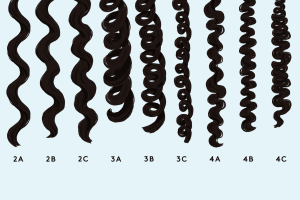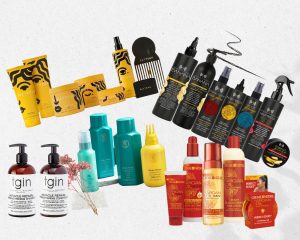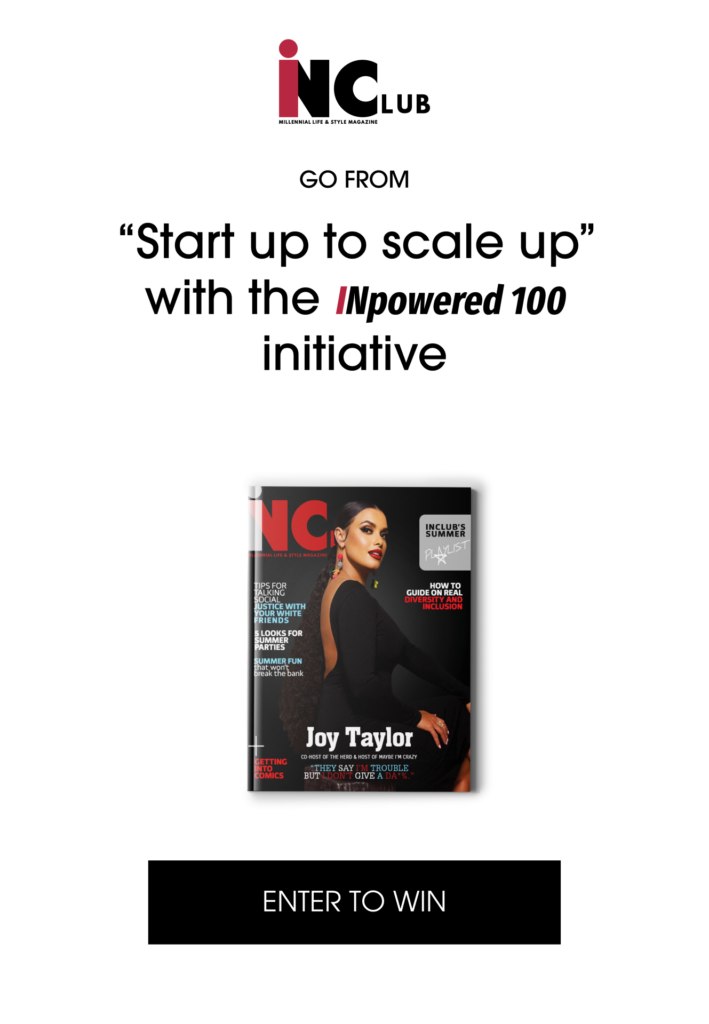Features, Health and Wellness, Life Advice
Going Natural? Tips for healthy hair
Hello there! Thinking about going natural but don’t know where to start? I am here to guide you through the beginning process!
Like many of us, the pandemic left us trying new things. Trying anything new can be frustrating and costly. Executing something new can be rewarding. Going natural was something I wanted to do but never knew where to start.
I’ve spent years trying different products, learning about the porosity of my hair and what products were damaging. Now, I would hate for you to go through the lengthy process of starting over again and again. I can’t give you a perfect step-by-step to natural hair, but I can give you just a few things I wish someone would’ve told me. I expected an easy process with fewer products and less prep time. Man, was I wrong! Why didn’t anyone tell me I’d spend half of my check in the hair store? Here is a list of things I wish I knew before going natural.

1: Knowing your hair’s porosity
It’s essential! The way our hair grows out of our scalps varies from person to person, and therefore, what works for you may not work for someone else. Knowing your porosity can help you reduce time and money by determining how your hair stores moisture. By doing this, you will be able to make better decisions when buying hair products. Many of you are probably considering switching tabs to determine what and how porosity is specified, but I’ve got you covered!
According to Healthline.com, your natural hair consists of three layers, the cuticle, the cortex, and the medulla. The cuticle is the most rigid exterior layer of your hair. The cortex is the “thickest layer” that contains proteins and Pigments. Lastly, the medulla is the center and the softest layer of your hair. These three layers determine your hair’s ability to hold moisture and oils.
2: The different types of hair porosity
Porosity is classified into low, normal, and high. To determine your hair porosity, take a strand of hair and drop it into a cup of water. Neocurly.com recommends waiting approximately 3-5 minutes before removing your strand. When your hair sinks to the bottom, it is high porosity. Essentially, your hair can absorb moisture but struggle to retain it. A Neocurly.com report describes such natural hair as “prone to frizziness” and may tangle easily. It is imperative to use the right products after washing to keep that moisture locked in.
Secondly, if your natural hair remains in the middle of the cup or sinks slowly, this means you have normal (medium) porosity. Your hair retains moisture and does not require much maintenance.
Lastly, If your natural hair does not sink, this means you have low porosity hair. People with “low porosity” hair tend to have a tough time “absorbing moisture” and could lead to a lot of “product buildup,” according to neocurly.com. Knowing your hair’s porosity will also help you learn your hair type.

3: Knowing your hair type
I know many of you are a little confused and questioning the difference between hair porosity and hair type. However, knowing your hair type is also a key component when knowing the type of style and product that would work for your hair. Hairs are listed from Type 1-4, and each type is broken down into sections A-C.
To determine your hair type wet your hair and leave it in its natural state without any product or oil to change its texture. Type 1 hair is a more fine straight hair. If your hair is wavy and creates an “S” shape, then you have type 2 hair. If your hair is curly, you have type 3 hair. Curly hair can range from loose to tight curls and quickly become frizzy. Lastly, our type 4 hair is a coily texture. This type is prone to shrinkage and creates a coil or z-like pattern. Please see the list to determine your type.

4: Protective styling tips for natural hair
Now that you’ve mastered your porosity and hair type, here comes the real labor. Through your hair journey, you will find what works for you when it comes to styling. Whether braids or twist-outs, two strands or three, you will become a master at this. Here is a list of natural hairstyles to consider during your transition.
- Two-strand or three-strand twist
- Braid out
- Marley Twist
- Senegalese Twist
- Bantu knot
- Pineapple (Top Fro, updo)
- Boxer Braids (Cornrows)
- Knotless Braids
- Box Braids (Individuals)
- Flat Twist
Here is a list of Natural Hair Brands that you may be interested in
- Creme of Nature
- Carol’s Daughter
- Mielle Organics
- Pattern Beauty by Tracee Ellis Ross
- Tgin Natural
- As I Am
- Black Vanity
- TPH by Taraji
- Camille Rose Naturals
- Shea Moisture
You’ve got this!
There you have it! I hope this can be a great guide as you venture into this natural era of your life. All in all, there will be some trials and errors, but you’ve got this! I know I believe in you. My journey began in 2013, and I don’t regret a thing. I think that on this journey you’ll discover a lot more about yourself. It is something about your hair journey that transcends into a self-love journey, as well. We all know the temptations of the big chop! Most importantly, if that is what you want to do, then do it! Do whatever you feel is best for you and your self-care.



